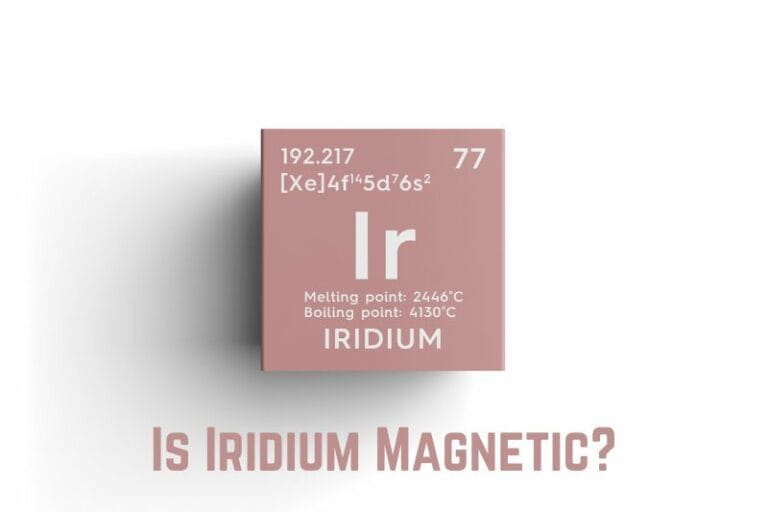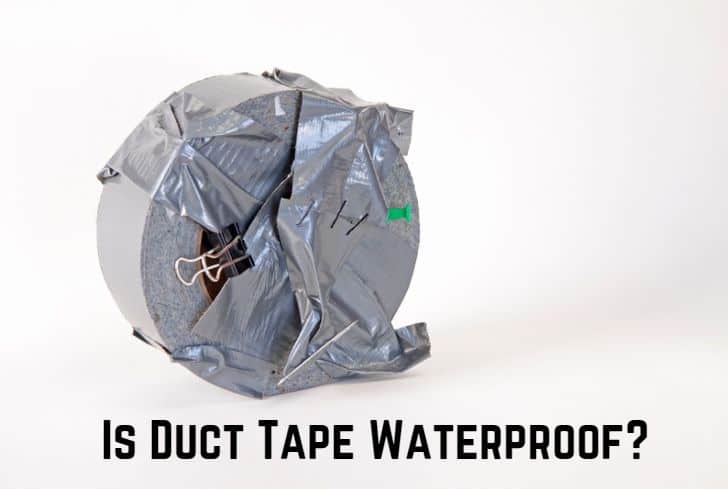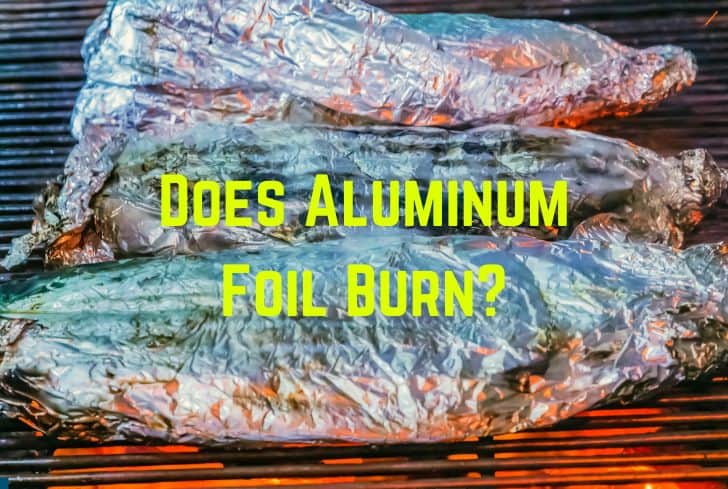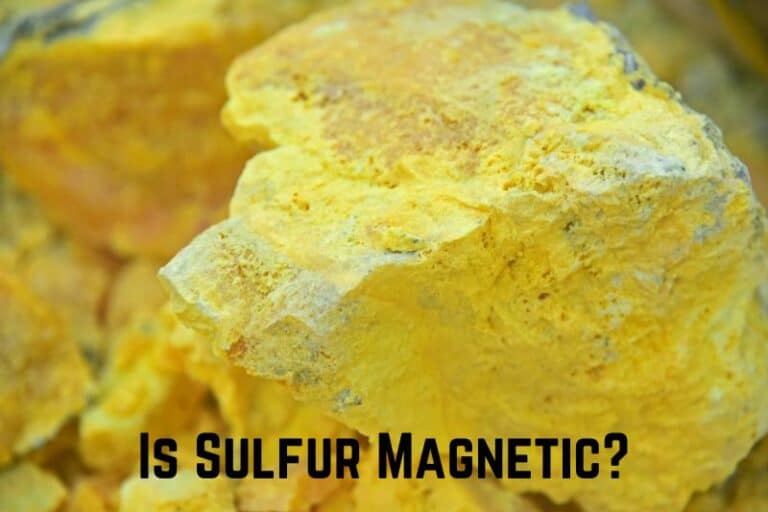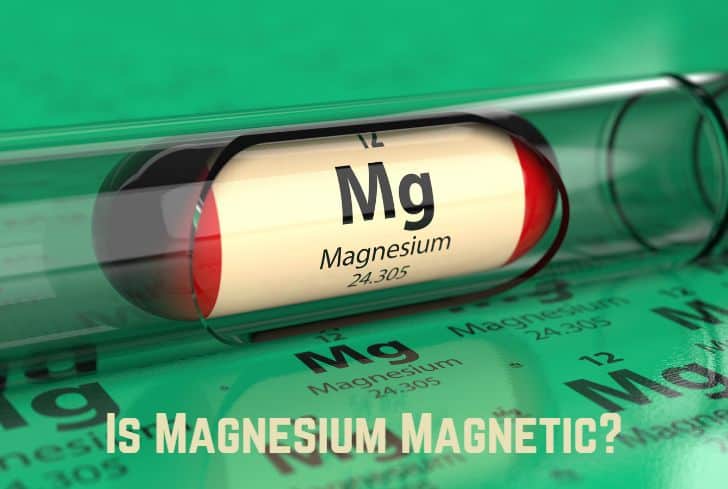Is Granite Magnetic? (Answered)
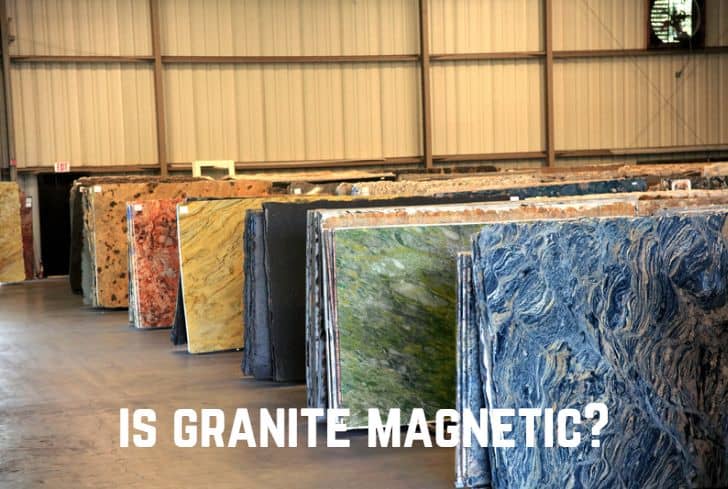
Granite is a coarse igneous rock that has grains large enough to be seen by the naked eye. It is formed by the crystallization of magma below the Earth’s surface and is composed of quartz, alkali feldspar, and plagioclase.
Granite is the most common igneous rock found on Earth’s surface. Have you ever wondered if granite is magnetic? In this article, we are going to discuss just that. We will look at the properties and uses of granite. Then we will talk about its magnetic properties and radiation.
Read: Is Tungsten Magnetic?
Is Granite Rock Magnetic?
No, granite is generally not magnetic. It is usually composed of non-magnetic minerals, which give their non-magnetic character to the rock as well. However, in some cases, granite can include magnetic metals, and these can cause the rock to show weak magnetism.
Let us begin by understanding the process of magnetism. Magnetism is a force caused by the motion of electric charges. Every substance is made up of atoms. These atoms have electrons (particles that carry an electric charge) that circle the atom’s center, called the nucleus.
In some substances like iron, electrons spin in the same direction. This allows their magnetic fields to combine and produces a magnetic field extending beyond the atoms. These objects are strongly magnetic.
However, in most substances, equal numbers of electrons spin in opposite directions. This cancels out their magnetism, and so they are said to be diamagnetic—they a repelled by a magnetic field. These include things like wood, paper, cloth, etc.
Now, granite is mostly composed of quartz and feldspar, along with small amounts of mica, amphiboles, and other minerals. Most of these elements (silica & aluminum) are non-magnetic, which is why granite rock is also not attracted to magnets.
However, some granite can consist of ferromagnetic materials like iron. If these are present, then the rock will also exhibit some level of magnetism.
Properties of Granite
These are the properties of granite:
- Composition: Granitic rocks are made up of feldspar (30-50%), quartz (25-40%) , mica, and amphibole minerals. The rocks consist of an interlocking, equigranular matrix of quartz and feldspar, with a scattered peppering of mica and amphibole. Sometimes, individual crystals of the rock are larger than the groundmass; in such cases, the texture is known as porphyritic.
- Occurrence: Granite occurs in various tectonic environments, such as mountain ranges, continental shields, and oceanic islands. It is formed when magma containing silica and alkali metal oxides slowly cools and solidifies under Earth’s surface. This magma rises back to the surface through volcanic eruptions or intrusions in existing rock formations. Granite is found in various countries like the United States, South Africa, India, etc.
- Durability: Granite is one of the hardest natural stones. Its durability and resistance to wear and tear make it perfect for use in high-traffic areas and outdoor settings. Moreover, granite also has high density and low porosity, which makes it resistant to moisture, bacterial growth, and staining. Therefore, granite is a long-lasting material whose beauty and functionality remain untarnished, making it a great investment.
- Appearance: Granite is a light-colored stone with a speckled appearance due to a mix of different minerals. The specific color of the stone depends on its composition and location of formation: the presence of iron-rich minerals can give it a red or pink hue, while mica minerals give it blue, green, and yellow flecks. The natural patterns on graphite give every specimen a unique look and it is known for its beauty.
- Heat Resistance: Graphite is made up of quartz and feldspar, which have a high melting point and low thermal expansion rate. It has a melting point of 1215–1260 °C (2219–2300 °F) at ambient temperature. So, graphite can withstand high temperatures without getting damaged or discolored. This is why it is perfect for making kitchen countertops, fireplaces, or any other appliances that are exposed to heat.
Uses of Granite
These are the uses of granite:
- Historical Uses (Buildings): Pyramids in Egypt were made out of limestone and granite blocks. Granite was also used to make door lintels, columns, floor veneer, etc. Seokguram Grotto, a Buddhist shrine in Korea, and the Brihadeeswarar Temple in India are both made entirely out of granite. Granite was also an integral part of Roman architecture.
- Pavement & Curling Stones: As granite is highly durable, permeable, and requires low maintenance, it is widely used as a pavement material. Curling stones are also made up of granite. Since the 1750s, Ailsa Craig in Scotland has been a major source of granite used for this purpose. About 60-70% of the curling stones are made of Ailsa Craig granite.
- Dimension Stone: Granite most often serves as a dimension stone: a natural rock that is cut into slabs of specific lengths, thicknesses, etc. It is an excellent dimension stone because it is highly durable, resistant to weathering, strong enough to bear significant weight, and takes a brilliant polish. Check out this video by KB Countertops to learn about the different kinds of granite countertops.
- Memorials & Sculptures: Because of its natural beauty and durability, granite is widely used to make monuments, headstones, and memorials. Granite is a hard stone, and until the 18th century, since there were only hand tools, it never created good results. However, the invention of steam-powered cutting gave sculptors much greater control. The famous Mount Rushmore sculptures in the US are also made of granite.
- Other Uses: Granite is used in landscaping projects, such as outdoor accents, rock gardens, walls, etc. It is also used for flooring in entryways, bathrooms, and kitchens. Engineers have traditionally used granite surface planes to establish a plane of reference. Finally, granite is also a stone loved by mountain climbers, who value it for its steepness, crack systems, and friction.
Is Black Granite Magnetic?
Yes, black granite is magnetic. However, it is not granite; black granite is the construction industry’s trade name for a different mineral, gabbro. Gabbro is a coarse-grained igneous rock that is rich in iron, which is why it is magnetic.
Black granite or Gabbro is formed by the slow cooling of magnesium-rich and iron-rich magma below the earth’s surface. Most of the Earth’s ocean crust is made up of gabbro. It consists of low levels of silica but is rich in iron, magnesium, and calcium.
Iron is a ferromagnetic metal. Its electrons spin in the same direction, which extends their magnetic field and causes the element to be attracted to a magnetic field. As gabbro/black granite contains iron, it also shows some level of magnetism.
Can granite be magnetic?
No, granite is usually not magnetic. It is mostly made up of quartz and feldspar, which are non-magnetic. However, in some cases, granite can include ferromagnetic metals like iron and be slightly magnetic.
Quartz (silica) and feldspar (aluminum) are both diamagnetic. The electrons of their atoms spin in opposite directions, leading to a net magnetic moment of zero. Materials like these are non-magnetic, and since granite is made up of them, it is also non-magnetic.
However, granite can sometimes include ferromagnetic metals like iron. It is formed by magma having a high content of silica and alkali metal oxides that cools down underground. If during its solidification, granite takes up some iron or other ferromagnetic metals, then it will acquire some level of their magnetic properties.
Magnetic Susceptibility of Granite
The magnetic susceptibility of granite is highly variable, depending on its composition. It can range from 1×10-6 to 10-1 SI units.
Magnetic susceptibility measures how much a substance gets magnetized in a magnetic field. It is calculated as the ratio of magnetization M (magnetic moment per unit volume) to the applied magnetizing field intensity H.
In leucogranites, the susceptibility is as low as 1×10-6. Leucogranites is a granitic igneous rock containing no dark minerals (iron oxides, metals, etc.).
On the other hand, some granodiorites or tonalites can have a magnetic susceptibility of up to 10-1 SI units. Granodiorite is an igneous rock similar to granite but it contains more plagioclase feldspar than orthoclase feldspar. Tonalite is an igneous rock of felsic composition.
Does Granite Emit Radiation?
Yes, granite, like all other natural stones, can contain trace amounts of radioactive elements like uranium, thorium, and their decay products. These can decay into a colorless gas known as radon, which is known to cause cancer.
As we saw earlier, granite is a popular choice for making countertops, buildings, etc. due to its appearance and durability. However, you might be concerned about their safety.
The United States Environmental Protection Agency points out that while granite can include small amounts of radioactive elements, its effect is rarely significant. The radon released from granite material is usually diluted by ventilation.
All natural stones can contain radioactive elements but these are present in such small amounts that they rarely cause any harm. The EPA points out that radon coming out of the soil beneath homes is a much more common and severe problem
Therefore, they recommend testing all homes for radon, regardless of whether they have granite countertops.
Read: Is Nickel Magnetic?
Conclusion
In this article, we looked at the magnetism of granite. We began with the properties and uses of the stone. Then we discussed its magnetism: since its mostly made up of non-magnetic materials, it is also non-magnetic. However, in some cases, the presence of magnetic metals can give it some level of magnetism. Finally, we also talked about its radiation.

